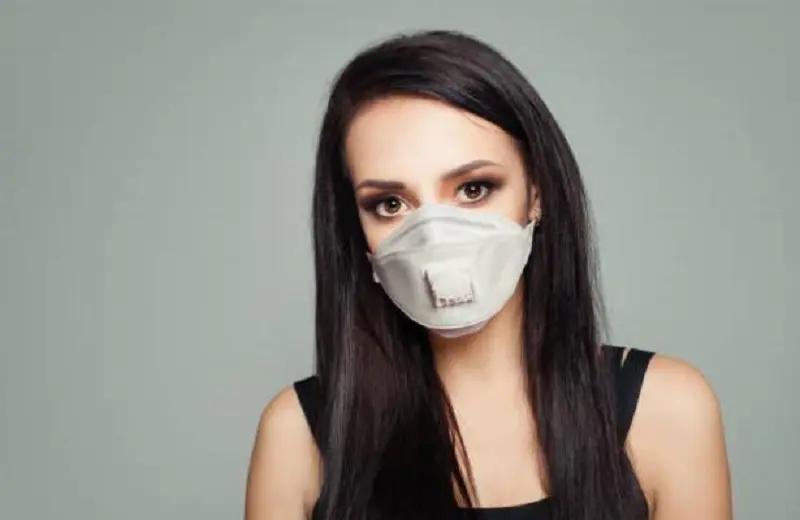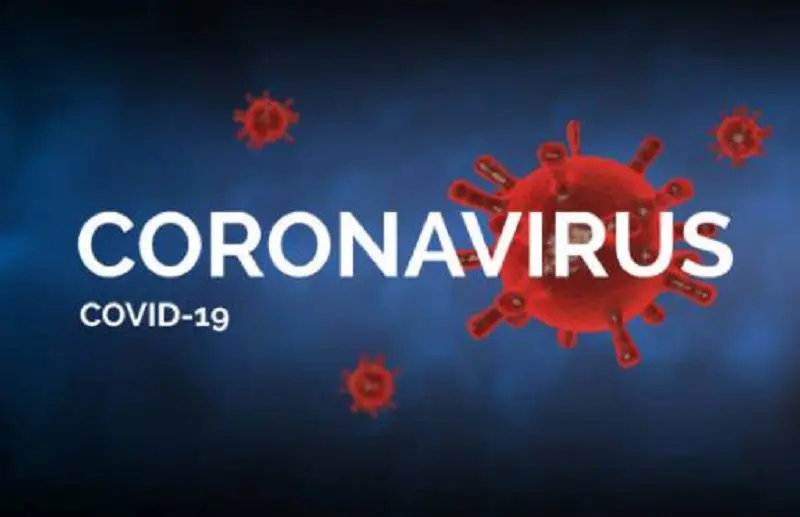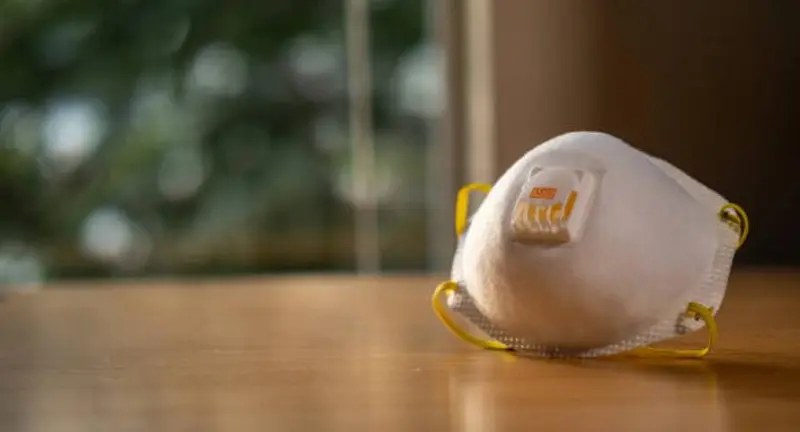What is the difference between N95 and N99 masks? Read on to learn more about the similarities and differences between N95 and N99 masks.
It is true that the quality of the air that we breathe has been affected by the ever-increasing levels of pollution. The particulate matter released from industrial and domestic activities increases our susceptibility to respiratory infections such as Asthma.
How can you protect yourself from this harmful particulate matter? By use of air masks. To be effective against these fine particles, the air mask should be able to filter out particulate matter 2.5 out of the air you breathe. The commonly used air masks are N95 air masks and N99 air masks.
With COVID-19 declared a global health emergency by WHO, the urge to wear a mask has never been stronger than now. The big question is: Which kind of mask should be worn by who, where, and when?
Here, we are going to discuss the difference between N95 and N99 masks. Read on to the very end.

Nobody would have imagined that you would be knowing about N95 respirators as you do now. Necessity is the mother of invention, they say. Masks are now life-saving tools, especially to health-care workers and other frontline medical responders. The WHO and other health agencies are also not relenting in their effort urging the general public to embrace wearing masks while in public spaces.
Like the N95 respirator, an N99 mask will filter 99% of particulate matter for non-oil substances.
N99 masks have a close fit that forms a complete seal around your nose and mouth. However, this does not make them a complete guarantee against contracting COVID-19.
Even with these similarities and differences, the CDC still urges that respirators be a preserve for those in high risk- situations and environments. The general public is advised to be content with wearing cloth masks while in public spaces.
N99 masks come in different shapes and styles. It all depends on the manufacturer. You will find that some brands fit better than others and are more comfortable to put on. What matters is that the brand you choose is approved and certified by the as safe for use.

N99 masks have a higher filtration efficiency than N95 respirators. They have a 99% filtration efficiency. This simply means that they filter out at least 99 out of 100 particles. They reduce the odds of contracting COVID-19 by 99%. What about the 1%? Should it concern you? Yes, it should. In fact, you should be more worried about the 1% than you're happy about the 99%.
When it comes to filtering airborne particles, N99 masks are more efficient than N95 masks. The same case applies to offering protection from viruses, for example, against the virus, the novel coronavirus that causes COVID-19.
The major limitation of N99 masks is that they are hard to come by. There have been calls that they be reserved for frontline medical workers. The general public does not need these masks. Another shortcoming of these masks is that their breathability is not as good as that of N95 respirators. This is why they are not ideal for health care workers.
There seems to be no end in sight as far as COVID-19 is concerned. The demand for N95 respirators continues to overwhelm supply across the country. This shortage in N95 respirators, the most recommended respirator by CDC, has made health care workers to consider N99 masks as suitable substitutes.

The CDC has provided guidelines on how to handle respirators. If not handled with proper care and caution, these masks can be a source of infection. Mishandling of these respirators also pose a great danger to the environment. These guidelines serve the primary purpose of ensuring the safety of the wearer and the environment.
The guidelines provide that you should wash your hands with water and soap before and after handling a mask. In the absence of water and soap, an alcohol-based sanitizer with at least 60% alcohol can be used.
Before you buy and use either an N95 or N99 masks, check to ensure that its fit has not been tampered with. For N95 respirators, they must come with a TC number and a NIOSH logo. Always remember never to touch inside the inside of a mask.
After use, these masks should be disposed of immediately in a closed bin.

